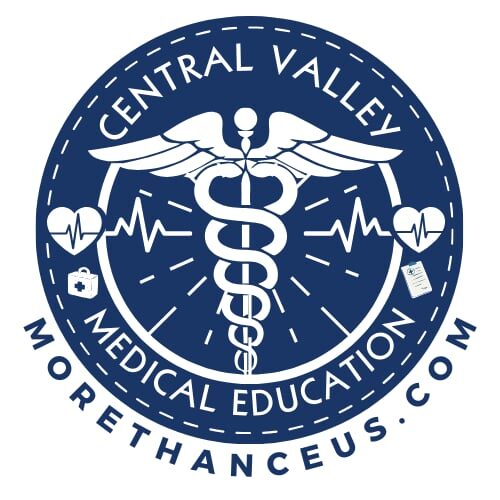OSHA Guidelines and Safe Device Use
This lesson provides an in-depth overview of the Occupational Safety and Health Administration (OSHA) Bloodborne Pathogens Standard and its application in preventing needlestick and sharps injuries. Learners will explore how federal regulations and facility policies work in tandem to reduce occupational exposure to bloodborne pathogens, and how compliance impacts clinical safety culture.
The lesson covers the core elements of OSHA’s 29 CFR 1910.1030 standard, including requirements for:
- Exposure control plans
- Engineering and work practice controls
- Use of personal protective equipment (PPE)
- Labeling, training, and recordkeeping
- Post-exposure evaluation and follow-up
Emphasis is placed on the evolution of safety technology and the importance of using safety-engineered sharps devices, such as retractable syringes, needleless IV systems, and safety scalpels. Learners will be guided through practical examples of how to select, use, and dispose of these devices correctly.
By the end of this lesson, healthcare professionals will be able to recognize regulatory responsibilities, adhere to facility-driven safety protocols, and participate in active prevention strategies that align with national standards.
✅ Key Outcomes:
- Understand OSHA’s regulatory authority and scope
- Identify and apply the Bloodborne Pathogens Standard in daily clinical practice
- Recognize the importance of safety-engineered devices
- Understand the employer’s and employee’s roles in sharps injury prevention
